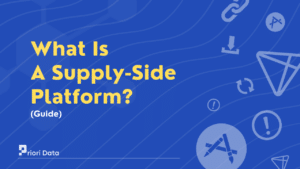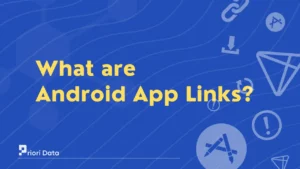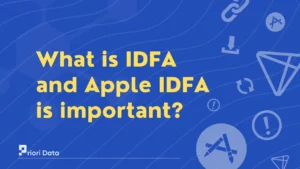Fractional attribution is a marketing analytics methodology for attributing conversion value across multiple touchpoints in a customer’s journey.
With fractional attribution, credit for a conversion or sale is shared across multiple channels rather than being fully assigned to the last click or interaction.
The term “fractional” refers to dividing credit for conversion into fractions and attributing a fraction of credit to each marketing touchpoint that contributed to the conversion.
This provides a more accurate view of the influence of each channel on conversions compared to last-click attribution models.
Types of Fractional Attribution Models
There are several common fractional attribution models:
- Linear attribution – Each touchpoint in the conversion path gets an equal share of the credit. If there were 5 touchpoints, each would get 20% of the credit.
- Time decay attribution – More recent touchpoints near the conversion get more credit. The influence of each touchpoint decays over time.
- Position-based attribution – More credit is given to touchpoints earlier or later in the funnel. For example, more credit to the first click or final click.
- Data-driven attribution – Uses algorithms and machine learning to determine optimal fractional attribution based on large volumes of data. Weights are customized to each business’s typical customer journey.
- Custom fractional attribution – Marketers can create their own fractional model with custom weights for different channels or positions.
Benefits of Embracing Fractional Attribution
There are several key benefits of using fractional attribution models:
- More accurate measurement – Crediting multiple touchpoints provides a more realistic view of impact across channels. Last-click models undervalue early funnel efforts.
- Optimize for the entire journey – With full-funnel visibility, marketers can optimize early and late funnel activities together to improve the entire journey.
- Value multichannel approaches – Fractional models account for omnichannel journeys involving multiple digital and offline touchpoints over time.
- Account for indirect influence – Touchpoints like branded search terms may not directly convert but still influence the buyer journey and get properly credited.
- Improved media mix modeling – Fractional models lead to better marketing mix modeling to optimize spending across channels.
How to Implement Fractional Attribution?
Here are some tips for adopting fractional attribution:
- Select a model – Evaluate different fractional models and select one that fits your typical customer journey. Test a few models to see which provides actionable insights.
- Use attribution software – Marketing analytics software makes it easier to break down and model attribution across touchpoints. Work with your tech providers.
- Analyze over time – Look at fractional attribution trends over time and optimize journeys for increased influence of high-performing channels.
- Apply insights across campaigns – Let attribution data guide campaign strategy and creativity for channels with high fractional attribution.
- Communicate insights – Share key findings with stakeholders so they understand the influence of different marketing efforts on conversions.
- Iterate and improve – Continually test and optimize your fractional attribution model for accuracy.
Fractional attribution provides a more nuanced view of marketing performance than simplistic last-click models. With thoughtful implementation, it can help optimize the channel mix and campaign strategy to drive conversions.
F.A.Q
Q1. What are the four main attribution models?
A1. The four main attribution models are last-click, first-click, linear, and time decay.
Q2. What is the difference between a wholesome attribution model and a fractional attribution model?
A2. Wholesome models give 100% credit to a single touchpoint, while fractional models divide credit between multiple touchpoints.
Q3. What are the different types of attribution modeling?
A3. The main types are single-touch like first/last click, multi-touch like linear and time decay, and algorithmic models like data-driven and machine learning.
Q4. What is an example of multi-touch attribution?
A4. An example is linear attribution which splits credit evenly between all touchpoints in the user journey.






